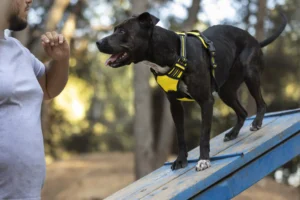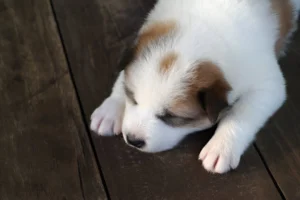How Long Can Dogs Go Without Water? A Complete Guide to Keeping Your Pet Safe
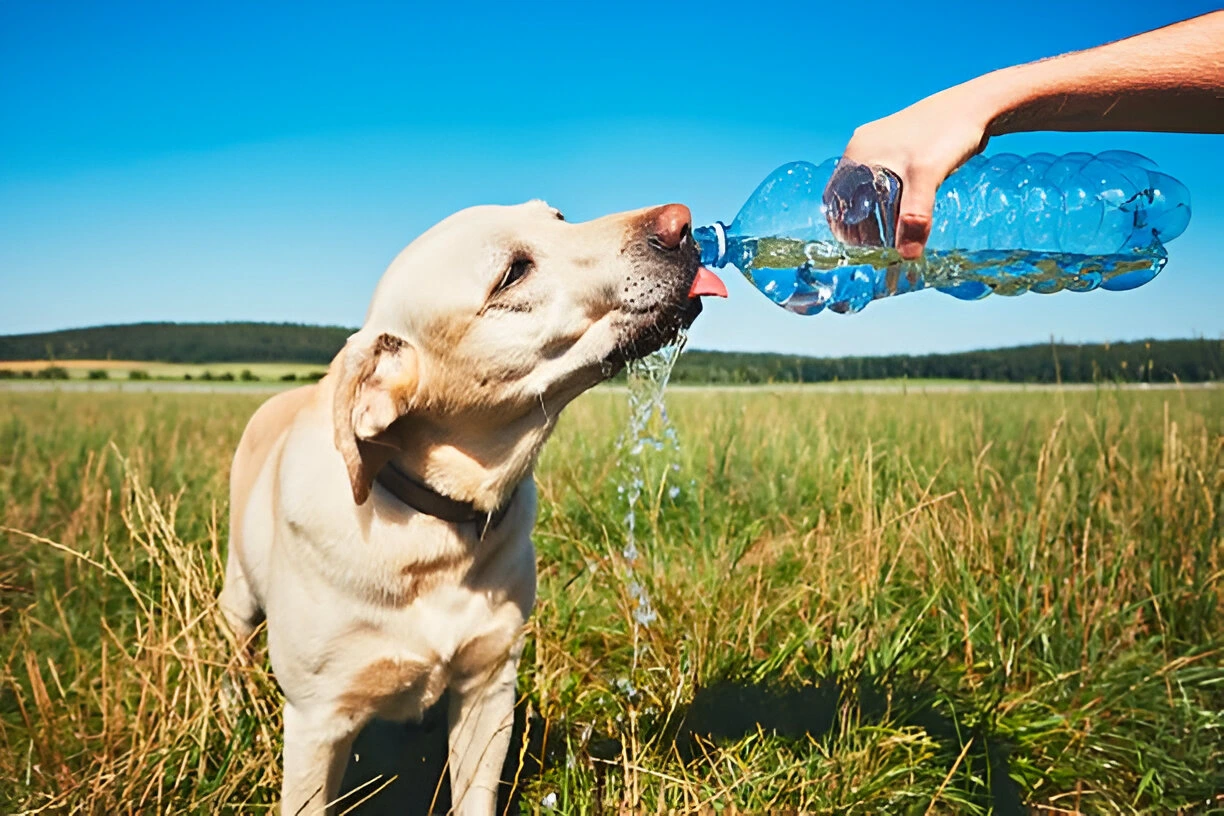
Dogs need water daily to stay healthy, yet many pet owners underestimate how long can dogs go without water before facing serious risks. Dehydration can quickly lead to severe consequences, including organ damage or even life-threatening situations. Fortunately, there are clear steps you can take to keep your dog safe.
This guide will provide practical insights and solutions to ensure your furry friend stays hydrated and healthy.
How Long Can Dogs Go Without Water
Understanding Time Limits
Dogs can survive without water for about 48 to 72 hours. However, serious signs of dehydration may appear in just 24 hours, affecting energy levels and organ function.
Factors That Influence Survival
Size, activity level, and environment play major roles in how long can dogs go without water. Active or larger dogs face faster dehydration risks, especially in hot climates. Ensuring consistent access to water is vital to prevent these dangers.
Understanding Dehydration in Dogs
Why Water is Key
Water helps with digestion, organ function, and temperature regulation. Even mild dehydration can disrupt these processes, leading to heatstroke or kidney damage.
Recognizing Early Symptoms
Dry gums, lethargy, and reduced energy are red flags. Identifying these early can make a huge difference in protecting your dog from severe consequences.
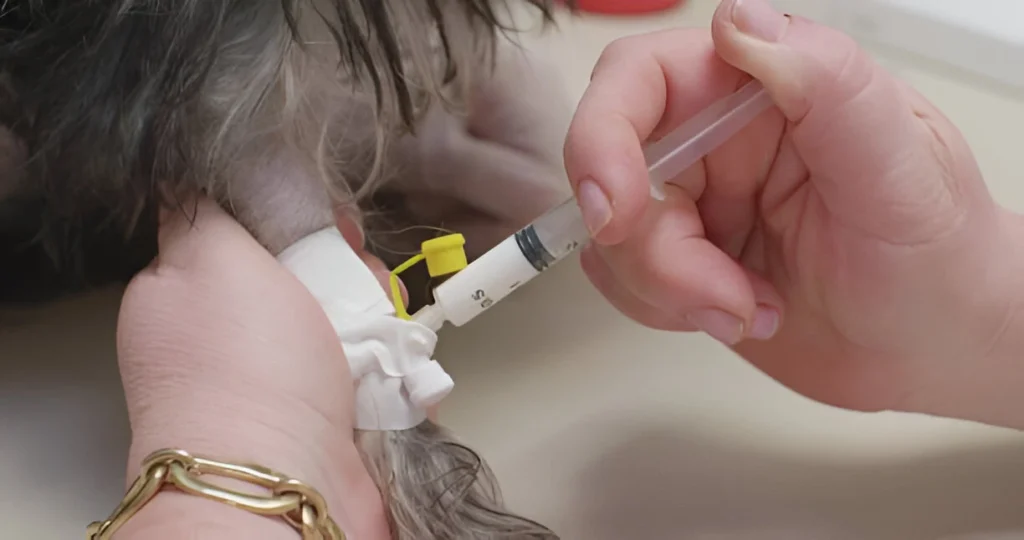
Causes of Dehydration
Environmental Factors
Hot weather or intense exercise can drain a dog’s water reserves quickly. Dogs also lose moisture by panting, making them vulnerable in warm conditions.
Health-Related Causes
Conditions like vomiting, diarrhea, kidney issues, or diabetes increase dehydration risk. Understanding these causes can help you take preventive steps and manage your pet’s health better.
Symptoms of Dehydration in Dogs
Physical Signs to Watch
Dehydration symptoms include a dry nose, sunken eyes, and thick saliva. The skin pinch test can indicate whether your dog is dehydrated.
The Dangers of Ignoring Symptoms
When dehydration isn’t addressed, it can escalate into life-threatening organ damage. Reacting quickly is critical to prevent severe health complications.
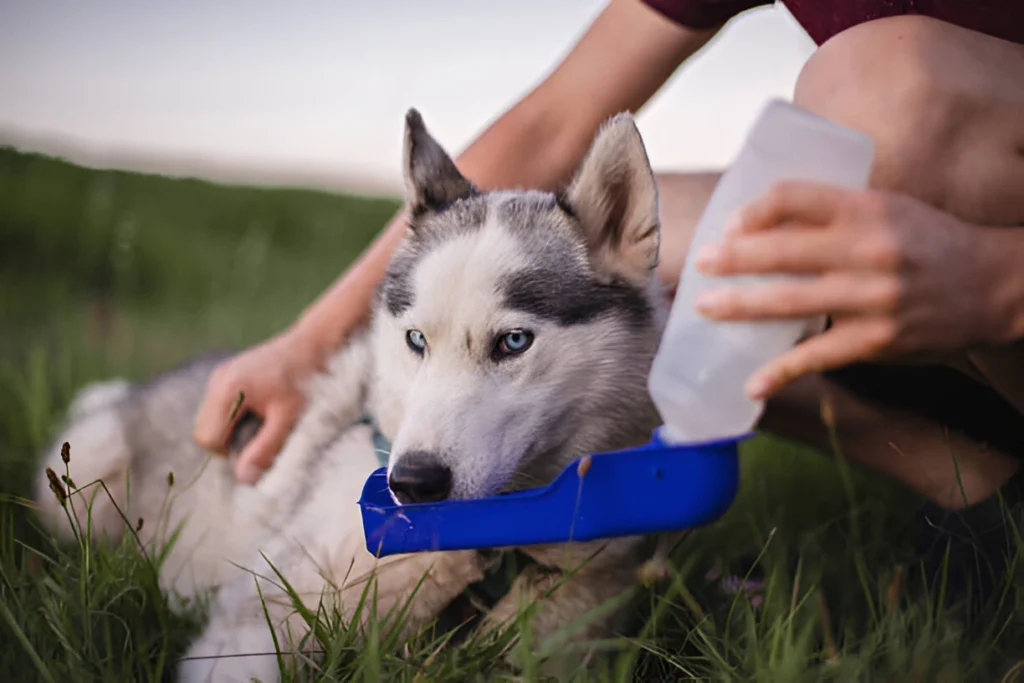
Preventing Dehydration: Practical Tips
Everyday Hydration Tips
Offer fresh, clean water daily. Use ice cubes or broths to entice picky drinkers. Always carry water when traveling with your dog.
Seasonal and Activity-Based Strategies
Adjust hydration routines in hot weather and after physical activities. Creative methods like water fountains can help keep your dog’s interest in drinking.
How Much Water Should Dogs Drink Daily?
Calculating Water Needs
Dogs generally need one ounce of water per pound of body weight each day. Puppies, older dogs, and those with health issues may need even more.
Wet Food vs. Dry Food Impact
Wet food contributes to hydration, while dry food may require increased water intake. Tailoring your dog’s diet can help meet their specific needs.
Emergency Situations: When to Seek Veterinary Care
Recognizing an Emergency
If your dog becomes extremely lethargic, won’t eat, or vomits frequently, seek veterinary care. IV fluids and medical attention can be life-saving.

First Aid for Dehydrated Dogs
Knowing when and how to act can prevent further complications. Don’t hesitate to get professional help if signs of dehydration are severe.
Long-Term Water Management Strategies
Monitoring and Tracking Hydration
Using apps or simple check-ins can ensure your dog stays hydrated. Treats and wet foods can also supplement their water intake.
Preventive Health Practices
Regular vet visits help catch underlying issues early. By keeping a close watch on your dog’s hydration, you promote a lifetime of good health.
Conclusion
Keeping your dog hydrated is one of the simplest yet most crucial ways to protect their health. Dehydration can quickly lead to dangerous outcomes, but by understanding the signs and taking preventive measures, you can keep your pet safe and comfortable. Always provide easy access to clean water, watch for symptoms, and seek professional help when needed. With the right care and attention, your dog can stay healthy and happy, enjoying life to the fullest.



